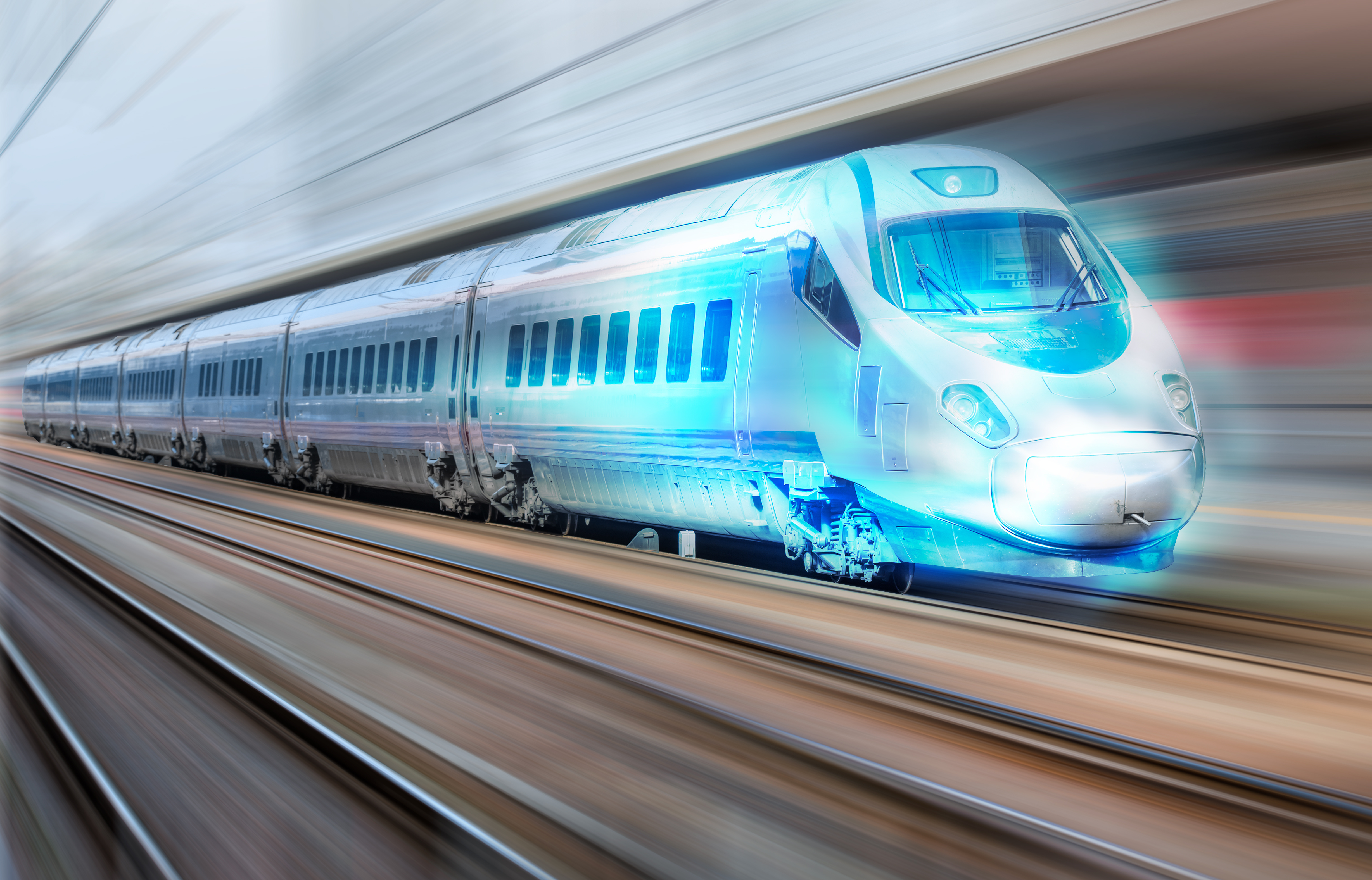China’s push for high-speed transportation has taken a major leap forward with its experimental T-Flight maglev train. Designed to reach record-breaking speeds, this levitating train could revolutionize travel across the country and beyond.
According to reports, the China Aerospace Science and Industry Corporation (CASIC) has been working on developing a high-speed magnetic levitation (maglev) system that combines vacuum tube technology with electromagnetic propulsion. Unlike conventional rail, maglev trains eliminate friction by floating above the tracks using powerful magnets.
The result of this advancement is an ultra-smooth ride at unprecedented speeds, and recent tests have shown promising results. In early 2024, China successfully tested its levitating train on a 1.24-mile track, reaching 387 mph, surpassing Japan’s previous record of 374 mph.
The next phase will hopefully see the train accelerating to 621 mph on a 37-mile test track. Future plans include pushing speeds even further, with researchers hoping to eventually surpass 2,400 mph using maglev technology. The T-Flight has a planned cruising speed of 600 mph, which means it could cut the Beijing-to-Shanghai journey to just 90 minutes.
This trip currently takes around six hours. If China is able to reach these proposed speeds with its levitating train, then hyperloop-inspired maglev systems like those used in this levitating train could one day challenge air travel for efficiency.
Unlike airplanes, which require lengthy security screenings and airport transfers, maglev stations could operate more like traditional train hubs, providing rapid boarding and seamless connections.
Despite the ambition surrounding China’s levitating train, challenges remain. Large-scale hyperloop systems have been met with skepticism worldwide due to engineering difficulties and cost concerns. Western companies, including Hyperloop One, have struggled to move beyond early testing, with many projects failing to gain traction.
China, however, appears undeterred, pushing forward with extensive infrastructure investment, including the two key systems maglev trains rely on: Electromagnetic suspension (EMS) and electrodynamic suspension (EDS).
EMS lifts the train slightly above the track using electromagnets, while EDS, powered by superconducting magnets, provides additional levitation and stability. By operating it in a low-vacuum environment, air resistance is significantly reduced, allowing for extreme speeds like those proposed with minimal energy loss.
While skeptics question the long-term viability of hyperloop trains, it’s impossible to ignore that China’s levitating train is making real progress. If successful, it could reshape transportation not just in China but worldwide.
With all the other maglev breakthroughs we’ve seen in the past year—including breakthroughs that could make maglev trains work on older train tracks—this is an exciting time for maglev enthusiasts.









